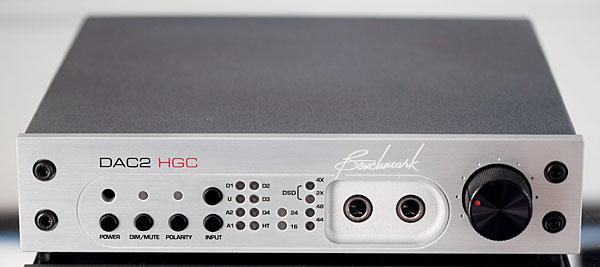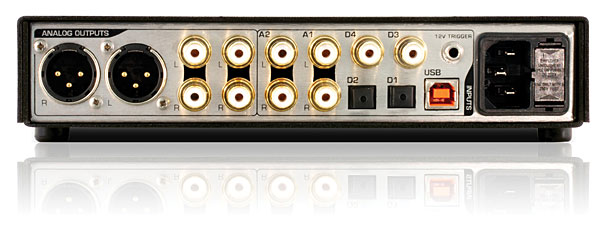| Columns Retired Columns & Blogs |
Did you evaluate the DAC2's analog line stage? If so, what are your impressions?
I've used the DAC2 HGC since November 2012 as a DAC and preamp, so take this for what it's worth. I found the line stage to be impressively transparent and resolving. My vinyl playback setup took a nice step forward in sound quality when I connected the phono stage to the DAC2's analog input. The ability to tie together and control both digital and analog sources equally well makes the DAC2 HGC an exceptional value at this price point.







































